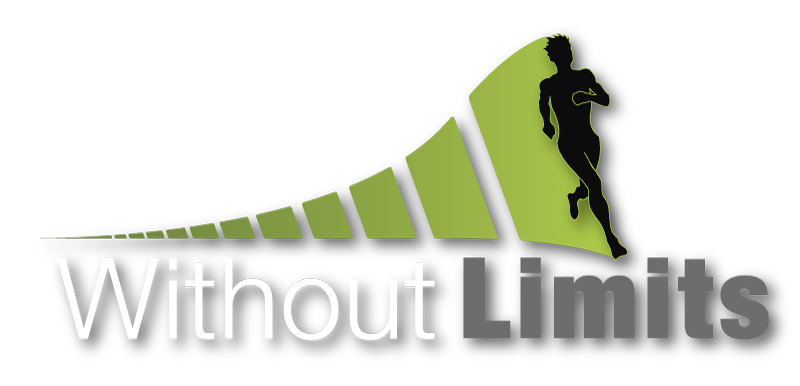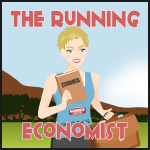Jack Daniels studied Olympic athletes during the 1984 games and found that regardless of distance (800 meters and up) runners took at least 180 steps per minute. Stride frequency is one piece of the speed equation (along with stride length), so increasing stride frequency, ceteris paribus, leads to faster running times.
Before Coach Tom Clifford asked me to focus on 180 spm a few weeks ago, I was taking 170-175 steps per minute (at least since I started keeping track of such things six weeks ago). 5-10 steps per minute does not sound like a lot, but consider this:
The average stride length for female marathoners in the 1984 Olympic Games was 58 inches. If a similar woman takes 170 steps per minute, her speed is 58 inches/step * 170 steps/minute = 9860 inches/minute, which converts to a 6:25 mile pace. If another woman, with the same stride length, takes 180 steps per minute her pace is 6:04 per mile...eleven seconds per mile faster!
Speed can also increase with greater stride length. There is a trade off: the longer the stride, the longer it takes to turn your legs over. Daniels believes that shorter steps are preferred to longer ones because the feet stay underneath the runner, reducing the risk of injury and encourages landing on the balls of the feet rather than the heels. When you hit the pavement with heels first, you are likely putting on the breaks with every stride and just making things harder on yourself (less efficient). Check out the wear pattern on your trainers or take a form check when passing a window on your next run to see where you land.
I plan to keep focusing on my stride frequency as I prepare for the fall racing season. As a "baseline", below are some paces from three speed and tempo sessions from the past month. I will check in again in a later post when I have more data points.
Get those legs spinning,
































